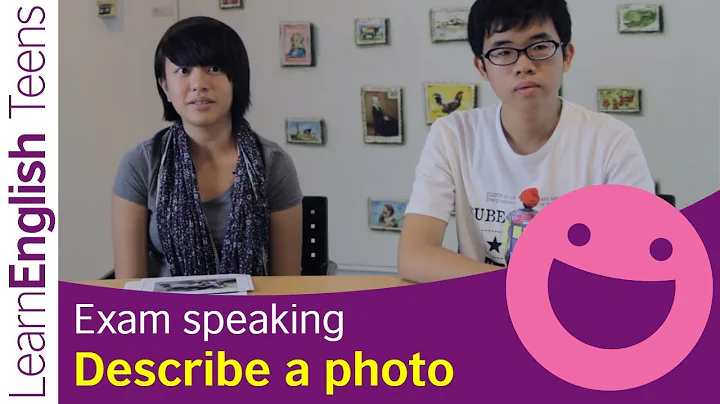
The picture comes from the Internet
Today, a friend said that when he saw a girl who was pretty and knew how to dress up in junior high school, he would think that she must not study well;
Some people said that when driving on the road, they saw people with internship labels. Will subconsciously stay away.
But in fact, for an individual, being beautiful can study well, and driving well with the internship label .
The above are actually our unconscious biases.
Unconscious bias or implicit bias refers to the subconscious association between different social categories (such as gender, race, or physical ability) and human qualities, as well as the judgments made without conscious awareness.
How is unconscious bias formed?
Our brains have two ways of making decisions, fast and slow. The commonly used unconscious "System 1" relies on emotion, memory and experience to make quick judgments. It has a wide range of knowledge and knowledge, allowing us to respond quickly to the situation at hand. But System 1 is also easy to be fooled. It adheres to the principle of "seeing is fact" and allows illusions such as personal disgust or optimism to guide us to make wrong choices.
The conscious "System 2" analyzes and solves problems and makes decisions by mobilizing attention. It is slower and less error-prone, but it is lazy and often takes shortcuts and directly adopts the intuitive judgment results of System 1.
Characteristics of unconscious bias
➢ Everyone has biases, which depends on everyone’s experience and knowledge.
➢ Everyone has bias blind spots. People tend to think that they are more sensible. They can see other people’s biases, but often ignore their own biases.
➢ Prejudice is automatic and rapid. It is the first judgment and reaction made by human’s fast brain.
➢ Prejudice is usually driven by emotions. The human brain has limited work. When people are emotional, the slow brain that can think will be occupied. The fast brain will become increasingly out of control, and prejudice will become more prevalent.
➢ Bias affects what we hear and remember
What are the common unconscious biases
➢ Gender bias
➢ Age discrimination
➢ Appearance bias
➢ Conformity bias
➢ Authority bias
Since we know that people have unconscious biases, we need to Try to discover your own biases, and don't use your biases to hurt your family and friends around you, or affect your work results.
When encountering something, let yourself slow down and use your slow brain to think about its nature before making a conclusion or taking action.
End
Welcome your comments, thank you for likes and forwarding [Rose][Heart]





















